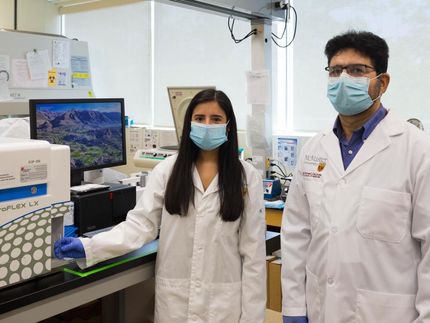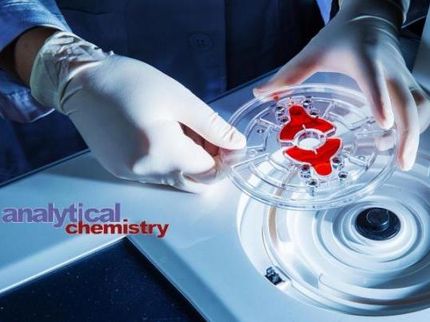Blood test helps guide treatment and can impact quality of life for breast cancer patients
With the goal of tailoring cancer interventions for the individual, researchers at the Lombardi Comprehensive Cancer Center at Georgetown have published the results of a prospective study that validates the use of a simple blood test to help doctors more reliably assess treatment effectiveness for patients with metastatic breast cancer. These findings were released in the Journal of Clinical oncology .
"The current standard of care for metastatic disease involves the use of radiology studies such as CT scans, ultrasounds, and the like to determine whether or not patients are deriving benefit from their current therapies. With this blood test, we have another reliable tool to help guide critical treatment decisions," says Minetta Liu, M.D., lead investigator and director of translational breast cancer research at Lombardi.
Using the FDA-approved CellSearch® technology, researchers measured the number of circulating tumor cells (CTCs) in blood collected from women in need of a new treatment regimen for metastatic breast cancer. About one tablespoon of blood was collected when the patient started the new therapy, and then again at three to four week intervals. The number of CTCs was correlated with disease response or progression as determined by standard radiology studies (e.g., CT scans) performed every nine to 12 weeks. Patients received various treatments including chemotherapy, endocrine therapy, and combination therapy with a biologic agent.
A CTC count of five was used as the threshold, based on previous studies. A CTC count of five or more (per 7.5 mL of blood) was associated with disease progression.
"There was a highly significant correlation between the CTC result and the radiographic findings," says Liu. "The correlation was as significant for blood samples drawn at the time of imaging as it was for blood samples drawn as early as nine weeks before imaging. This advanced knowledge may allow us to determine much sooner if a therapy is ineffective so that we can change therapy earlier, avoid unnecessary side effects from agents with no treatment benefit, and potentially make more significant improvements in survival."
Liu says the study's findings also support monitoring CTCs to guide the timing of radiology studies. "We order scans at regular intervals because of convention. If we waited to obtain radiology studies in response to new symptoms, suspicious routine laboratory findings, and/or a shift in the CTC count from less than five to five or more, we could limit the number of scans needed and reduce health care costs, personal time away from family and work, and radiographic and contrasts exposures. This could have a very positive impact on a patient's quality of life."
The study concludes that the "findings support the role of CTC enumeration as an adjunct to standard clinical and radiographic methods of monitoring disease status in metastatic breast cancer."
Liu is conducting additional clinical studies to further validate the utility of CTC enumeration in patient management. "We have many treatment options for advanced breast cancer," she explains. "The keys are to find the most effective therapy for each patient and to balance treatment benefit with quality of life. This noninvasive method of monitoring patients – based on a simple blood test – brings us closer to these goals."
Topics
Organizations
Other news from the department science

Get the analytics and lab tech industry in your inbox
By submitting this form you agree that LUMITOS AG will send you the newsletter(s) selected above by email. Your data will not be passed on to third parties. Your data will be stored and processed in accordance with our data protection regulations. LUMITOS may contact you by email for the purpose of advertising or market and opinion surveys. You can revoke your consent at any time without giving reasons to LUMITOS AG, Ernst-Augustin-Str. 2, 12489 Berlin, Germany or by e-mail at revoke@lumitos.com with effect for the future. In addition, each email contains a link to unsubscribe from the corresponding newsletter.






















































